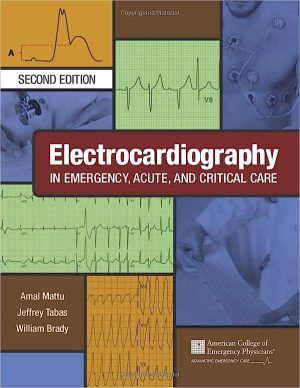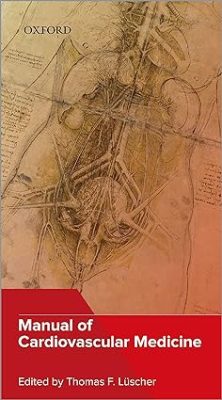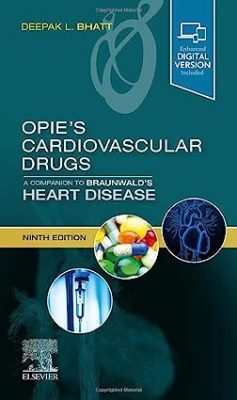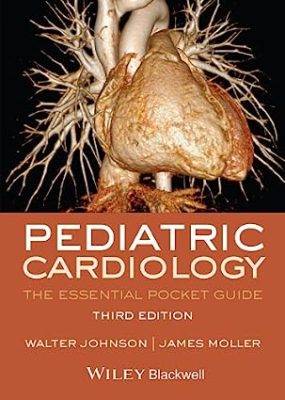
BE THE ECG EXPERT!
In the emergency department-in any acute or critical care setting-when it’s on you to direct a patient’s care based on an ECG, you have to be the ECG expert. Right then. See what you need to see, recognize what’s important, and act accordingly. And quickly.
Get better with Electrocardiography in Emergency, Acute, and Critical Care, 2nd Ed.
A highly visual resource, readable from cover to cover, what works and what doesn’t.
The editors-internationally known experts on ECG interpretation and how to teach it-know from experience what should happen at the bedside, and they show it to you in a clear and practical way. They want you to be confident about reading ECGs. They want you to save lives-and they know you will.
Highlights of the New Edition: 18 completely revised and updated chapters | High-yield key points at the beginning of each chapter | More than 200 ECG images with explanations of important findings | More than 80 charts and tables for quick illustration of key ECG and patient characteristics | 27 expert contributors.
WHAT’S IN IT?
The ECG and Clinical Decision-Making in the Emergency Department
Intraventricular Conduction Abnormalities
Bradycardia, Atrioventricular Block, and Sinoatrial Block
Narrow Complex Tachycardias
Wide Complex Tachycardias
Acute Coronary Ischemia and Infarction
Additional-Lead Testing in Electrocardiography
Emerging Electrocardiographic Indications for Acute Reperfusion
ACS Mimics Part I: Non-ACS Causes of ST-Segment Elevation
ACS Mimics Part II: Non-ACS Causes of ST-Segment Depression and T-Wave Abnormalities
Pericarditis, Myocarditis, and Pericardial Effusions
Preexcitation and Accessory Pathway Syndromes
Inherited Syndromes of Sudden Cardiac Death
Pacemakers and Pacemaker Dysfunction
Metabolic Abnormalities: Effects of Electrolyte Imbalances and Thyroid Disorders on the ECG
The ECG in Selected Noncardiac Conditions
The ECG and the Poisoned Patient
The Pediatric ECG
DOWNLOAD THIS MEDICAL BOOK










